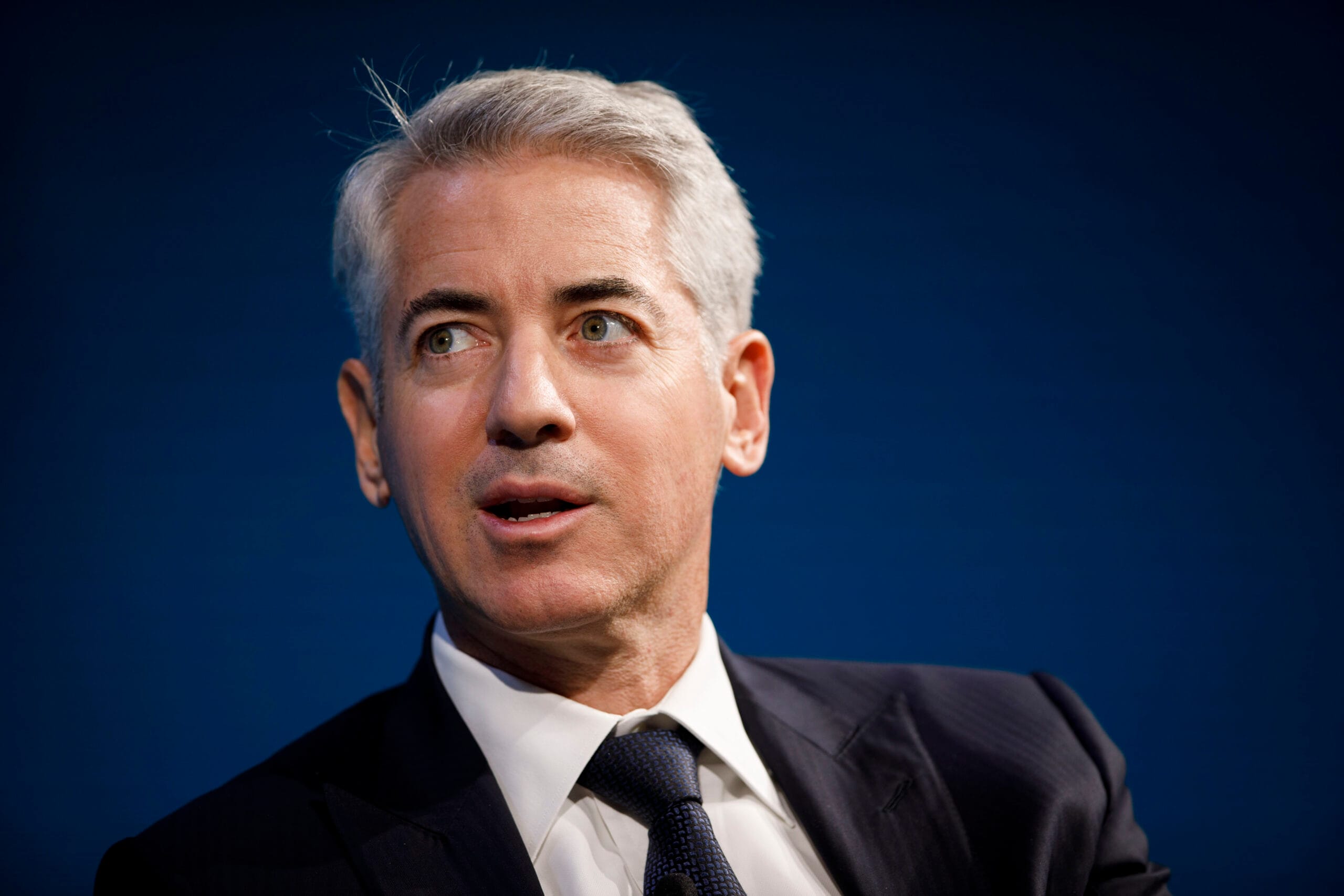The introduction of a congestion charge in New York City represents a landmark decision in the realm of urban transportation management. As the first city in the United States to implement such a toll, New York aims to tackle the persistent issue of traffic congestion that has plagued its streets for decades. The congestion charge will specifically target vehicles entering Manhattan, particularly in the busiest areas, during peak hours. This initiative is part of a broader strategy to enhance public transit, reduce emissions, and encourage the use of alternative modes of transportation.
The congestion charge is designed to alleviate the heavy traffic that characterizes Manhattan, especially during rush hours. The city has seen a steady increase in vehicle traffic over the years, leading to longer commute times, increased air pollution, and a strain on public transportation systems. By imposing a fee on vehicles entering certain parts of Manhattan, city officials hope to discourage unnecessary trips and promote the use of public transport, cycling, and walking.
The specifics of the congestion charge, including the exact rates and the hours during which the charge will be applicable, are still being finalized. However, it is expected that the toll will vary based on the time of day, with higher fees during peak congestion periods. This pricing strategy aims to incentivize drivers to adjust their travel times or consider alternative routes. The revenue generated from the congestion charge is projected to be significant and is intended to fund improvements to public transportation infrastructure, including subway and bus services.
Another critical aspect of the congestion charge is its potential impact on air quality. New York City has been grappling with air pollution issues, and traffic emissions are a significant contributor. By reducing the number of vehicles on the road, the city aims to improve air quality and promote a healthier urban environment. This initiative aligns with global efforts to combat climate change and reduce carbon footprints in metropolitan areas.
Exemptions and discounts will also be a vital component of the congestion charge system. Certain vehicles, such as those used for emergency services, public transportation, and individuals with disabilities, may be eligible for reduced fees or exemptions. These considerations aim to ensure that the charge does not disproportionately affect vulnerable populations or essential services.
The implementation of the congestion charge has been met with a mixture of support and criticism. Advocates argue that it is a necessary step toward modernizing the city’s transportation system and addressing the challenges of urban congestion. Critics, however, express concerns about the financial burden it may place on daily commuters and small businesses. The city is expected to engage with stakeholders, including residents, business owners, and transportation advocates, to address these concerns and refine the implementation process.
As New York City moves forward with this initiative, it is essential to look at the experiences of other cities around the world that have successfully implemented congestion charges. Cities like London, Stockholm, and Singapore have seen positive outcomes, including reduced traffic congestion, improved public transport usage, and increased funding for transportation projects. These examples provide valuable insights into the potential benefits and challenges of such a system.
The congestion charge is part of a larger trend in urban planning, where cities are increasingly looking to innovative solutions to manage traffic and enhance the quality of life for residents. As urban populations continue to grow, cities face mounting pressure to create sustainable and efficient transportation systems. The congestion charge in New York City is a bold step in this direction, representing a shift toward more proactive traffic management strategies.
In conclusion, the introduction of a congestion charge in Manhattan marks a significant development in urban transportation policy in the United States. As the city prepares for this new toll, residents and visitors alike will need to adapt to the changing landscape of transportation in New York. The success of this initiative will depend on effective communication, stakeholder engagement, and a commitment to improving public transportation options. As the implementation date approaches, all eyes will be on New York City to see how this innovative approach to congestion management unfolds.


